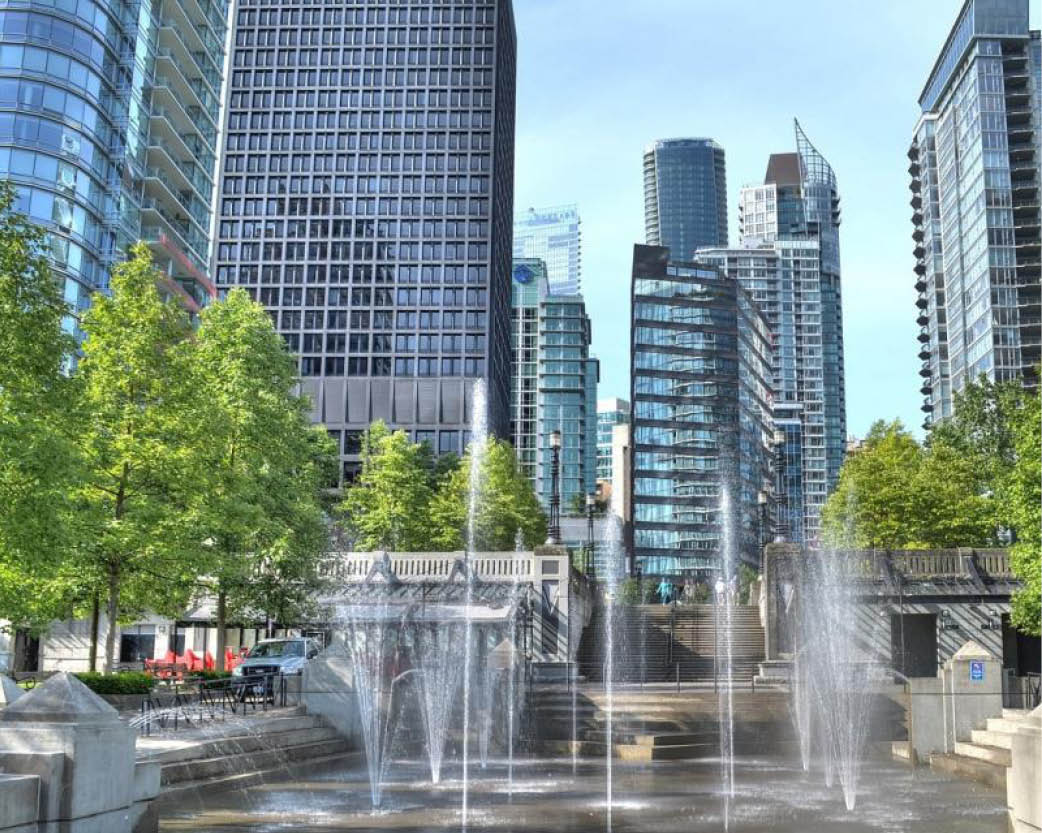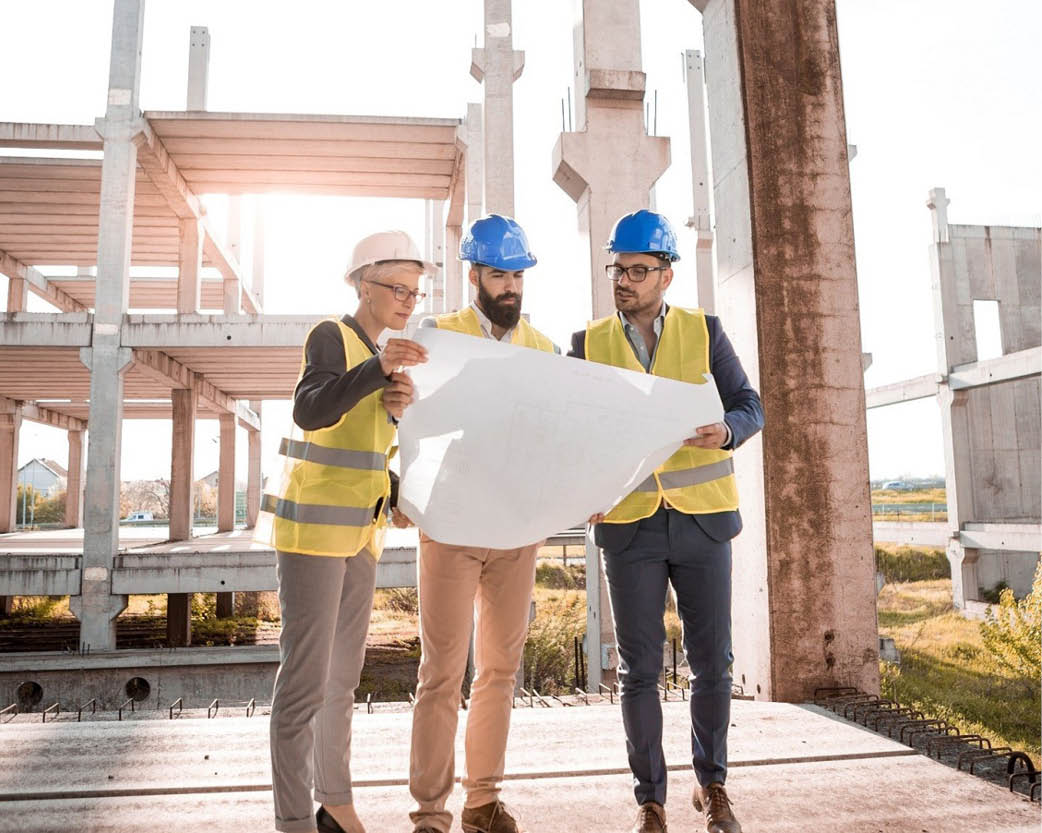A change to the standard
The circular approach considers buildings in terms of raw materials, waste and resources. The sustainability of a building and what it can offer are at the core of the whole process. The challenge is to make the most out of these construction components, in terms of durability and space. The aim is also to recycle them in an economically responsible way in order to limit their impact on the environment. The approach covers all stages in the life cycle of materials: eco-design, environmental impact, on-site waste sorting and recycling in the deconstruction phase. Bio-sourced materials such as wood structures, wood or hemp wool insulation have a central place in such projects. The 'Monteco' building, constructed by LeasInvest Real Estate in collaboration with ION, is particularly notable for its smart technology and wood frame construction. Furthermore, it was this building on Rue Montoyer where the bank Nagelmackers, with the assistance of BNP Paribas Real Estate, chose to install its new headquarters (1).
[1] Read the press release from July 7th 2021: https://www.realestate.bnpparibas.be/en/market-research-and-insights/news-and-surveys/property-management-and-environmental-responsibility

A virtuous circle
Circularity relies on the commitment of all players in the construction process: contractors, project managers, manufacturers of construction materials, various worksite contributors and waste disposal specialists. Property management also contributes to this virtuous circle by re-using maintenance equipment such as heaters and furniture, for example. The salvaging of components can also be a source of income via recycling.
The challenges of European construction
A European action plan
The plan, issued in March 2020 by the European Commission (2), includes guidelines for the construction sector that are due to be rolled out by 2021 in a “global strategy for a sustainably built environment”. Among other measures there is the revision of regulations concerning construction materials, that includes the possibility to lay down requirements for the proportion of recycled materials, digital prints for buildings or the use of the Level(s) assessment framework aimed at analysing materials’ life cycle in public markets (3).
Circular buildings have a bright future ahead, as long as certain issues are correctly addressed, such as the organisation of collection and recycling procedures and the level of commitment of project management.
[2] https://eur-lex.europa.eu/resource.html?uri=cellar:9903b325-6388-11ea-b735-01aa75ed71a1.0013.02/DOC_1&format=PDF
[3] Pages 13 et 14 : https://eur-lex.europa.eu/resource.html?uri=cellar:9903b325-6388-11ea-b735-01aa75ed71a1.0013.02/DOC_1&format=PDF
The challenges of European construction
The reason for approximately 50% of raw materials extraction and more than 35% of total waste production, 80% of a building’s emissions could be prevented by more efficient use of raw materials.
The concept of a circular economy is at the heart of the resource management issue. It is especially crucial during a building's construction or renovation phase with regard to sorting and recovering site waste and reusing office materials or supplies.

In the Quartier Nord in Brussels, one project is seen as the standard-bearer of circularity as applied to real estate. On the site of the WTC 1 & 2 towers, the Befimmo multifunctional project, ZIN, extending over 110,000 m², is taking shape little by little. In an interview with Bouwkroniek.be (4), the Belgian developer confirmed that no less than 65% of the components of the old buildings will be reused. At present, all that remains of WTC 1 and 2 are the lift shafts.
